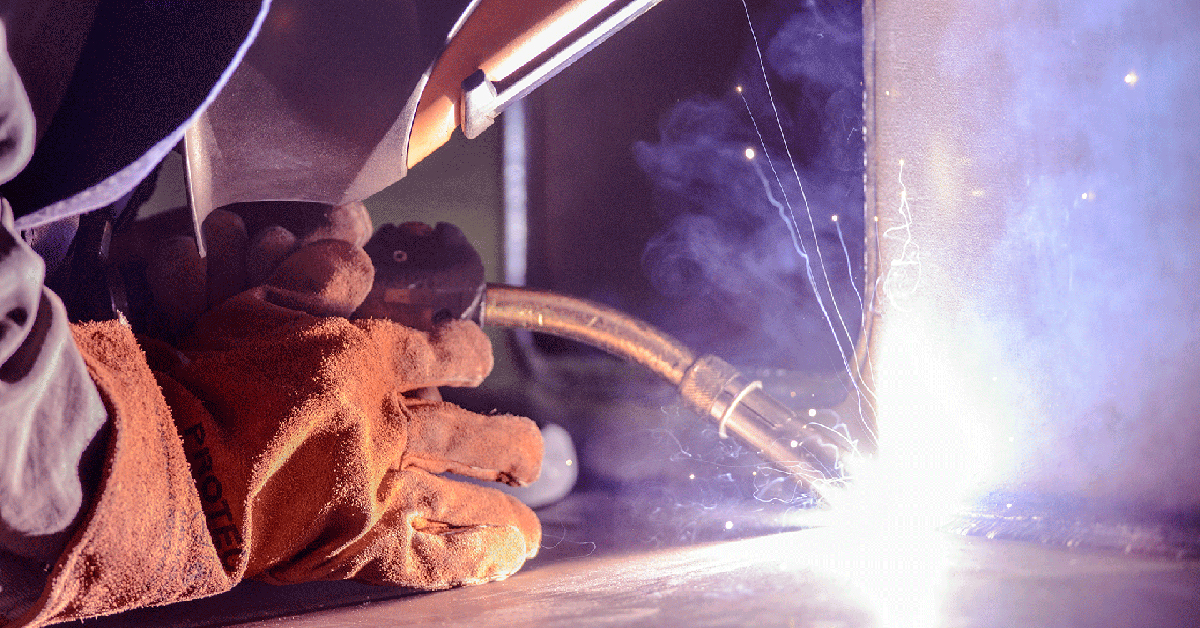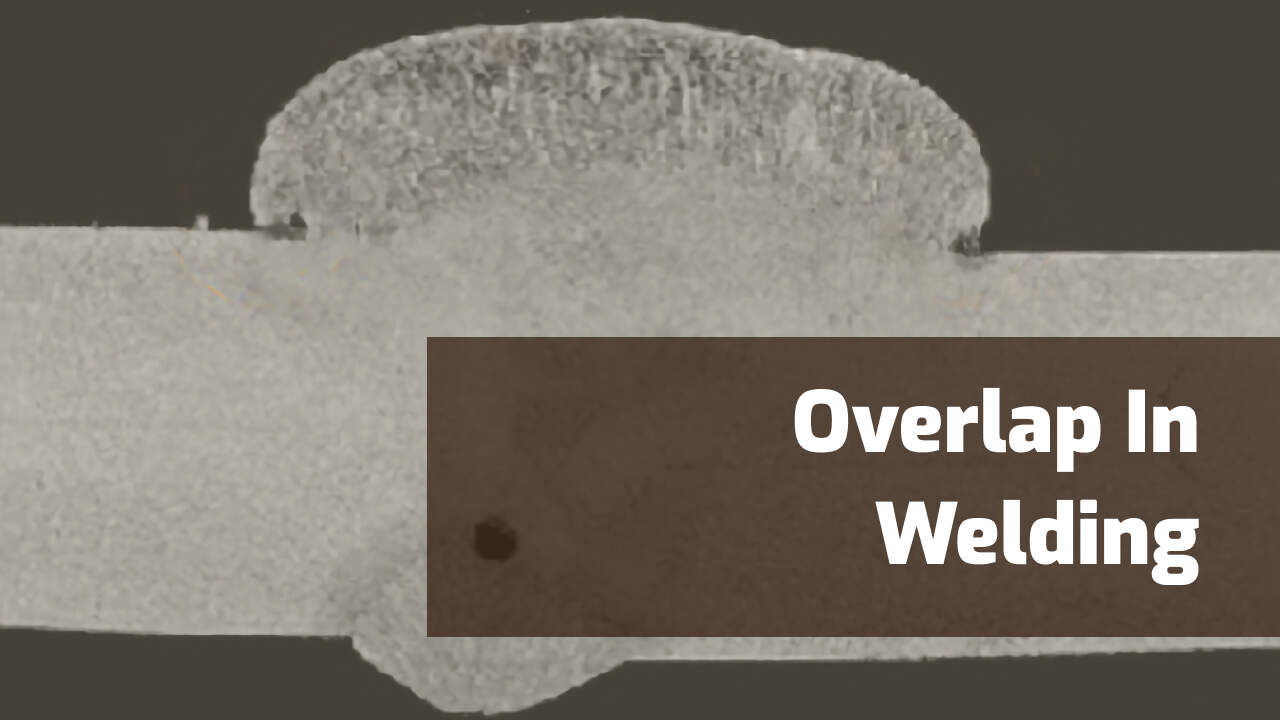Best Practices for Preventing Weld Undercut: Mastering the Basics
Best Practices for Preventing Weld Undercut: Mastering the Basics
Blog Article
A Comprehensive Guide to Identifying, Stopping, and Dealing With Undercut Welding Problems in Your Welding Tasks
In the realm of welding, experiencing undercut issues is a typical obstacle that can compromise the architectural stability and total top quality of your welding projects. Comprehending the origin triggers behind undercut welding, having the ability to precisely identify it in your welds, and applying efficient preventative measures are important skills for any type of welder. In addition, having the expertise and methods to remedy undercut troubles when they do happen can make a considerable difference in the last end result of your welding undertakings. Keep tuned as we check out the important elements of recognizing, preventing, and repairing undercut welding issues, supplying you with useful insights and strategies to elevate your welding skills to the following degree.
Typical Causes of Undercut Welding
Undercut welding, a common problem in welding procedures, can be brought on by numerous variables that require to be carefully identified and addressed to ensure the integrity of the weld joint. One of the key sources of undercut welding is excessive heat input. When the welding criteria, such as voltage, current, or travel rate, are not correctly established, a too much quantity of warm can be produced. This excess heat results in the melting and subsequent removal of the base material along the edges of the weld joint, creating a groove called undercut.
An additional usual cause of undercut welding is inappropriate welding method. Determining these origin triggers and applying corrective procedures is important in stopping and rectifying undercut welding troubles in welding projects.
Identifying Undercut in Welds

To identify undercut precisely, appropriate lights and magnification devices are necessary to examine the weld joint extensively. Utilizing devices such as a welding gauge or a magnifying glass can aid in identifying even the smallest undercut imperfections. Furthermore, running a finger or a finger nail along the weld joint can often expose undercut, as the surface may really feel uneven or have a dip where the undercut exists.
Safety Nets for Undercut
Having a deep understanding of the causes of undercut in welds enables the implementation of efficient safety nets to keep weld top quality and integrity. One critical preventive step appertains weld joint prep work. Making sure that the sides are clean, without contaminants, and effectively beveled can considerably minimize the likelihood of undercut (Preventing weld undercut). In addition, choosing the suitable welding criteria, such as voltage, existing, and take a trip speed, is necessary. These settings need to be maximized to stop too much heat input, which can lead to damage formation.

Strategies for Repairing Undercut

Increasing the welding present or minimizing the travel rate can assist load in the undercut. Additionally, transforming the welding technique from a press to a drag try these out or vice versa can additionally help lessen undercut.
Another technique is to use a weaving movement while welding to ensure appropriate sidewall combination and fill in the undercut. By oscillating the welding arc back and forth within the weld joint, the welder can transfer a try this website lot more filler material right into the undercut locations, effectively getting rid of the issue.
In addition, grinding out the undercut and rewelding the joint can be a feasible solution for more extreme undercut problems - Preventing weld undercut. This procedure involves removing the undercut area, preparing the base steel, and after that rewelding the joint with proper welding criteria and techniques to avoid undercut from persisting

Specialist Tips for Preventing Undercut
Making use of appropriate welding strategies and preserving control over vital welding specifications are vital techniques for welders intending to stop undercut in their weld joints. One specialist pointer for preventing undercut is to make certain correct joint preparation. This includes cleansing the base steel extensively to remove any kind of impurities that can result in undercut development. Furthermore, choosing the suitable welding process and filler steel for the specific application can aid stop undercut. Welders should additionally pay attention to the welding existing and voltage setups, guaranteeing they are within the suggested variety to stay clear of getting too hot and prospective undercut. Maintaining a regular traveling rate throughout the welding procedure is one more crucial idea to avoid undercut. By relocating at a constant pace, welders can make certain appropriate combination and decrease the chance of undercut formation. Finally, evaluating the weld grain after completion can assist identify any signs of undercut early, enabling prompt rehabilitative action to be taken.
Final Thought
Finally, recognizing, avoiding, and dealing with undercut welding troubles in your welding tasks is essential for making sure solid and sturdy welds. Preventing weld undercut. By understanding the common sources of undercut, having the ability to identify it in welds, read implementing safety nets, and utilizing appropriate strategies for repairing undercut, you can prevent potential issues and produce top quality welds. Adhering to professional suggestions for staying clear of undercut can assist you enhance your welding skills and create much better cause your projects
Undercut welding, a typical issue in welding procedures, can be caused by different variables that require to be carefully recognized and addressed to make certain the stability of the weld joint. In addition, running a finger or a finger nail along the weld joint can occasionally expose undercut, as the surface area might really feel irregular or have a dip where the undercut exists.
Making use of appropriate welding methods and keeping control over crucial welding parameters are critical approaches for welders aiming to avoid undercut in their weld joints.In conclusion, recognizing, avoiding, and repairing undercut welding troubles in your welding projects is critical for ensuring long lasting and strong welds. By recognizing the typical causes of undercut, being able to determine it in welds, carrying out precautionary procedures, and making use of correct techniques for taking care of undercut, you can prevent prospective issues and produce high-grade welds.
Report this page